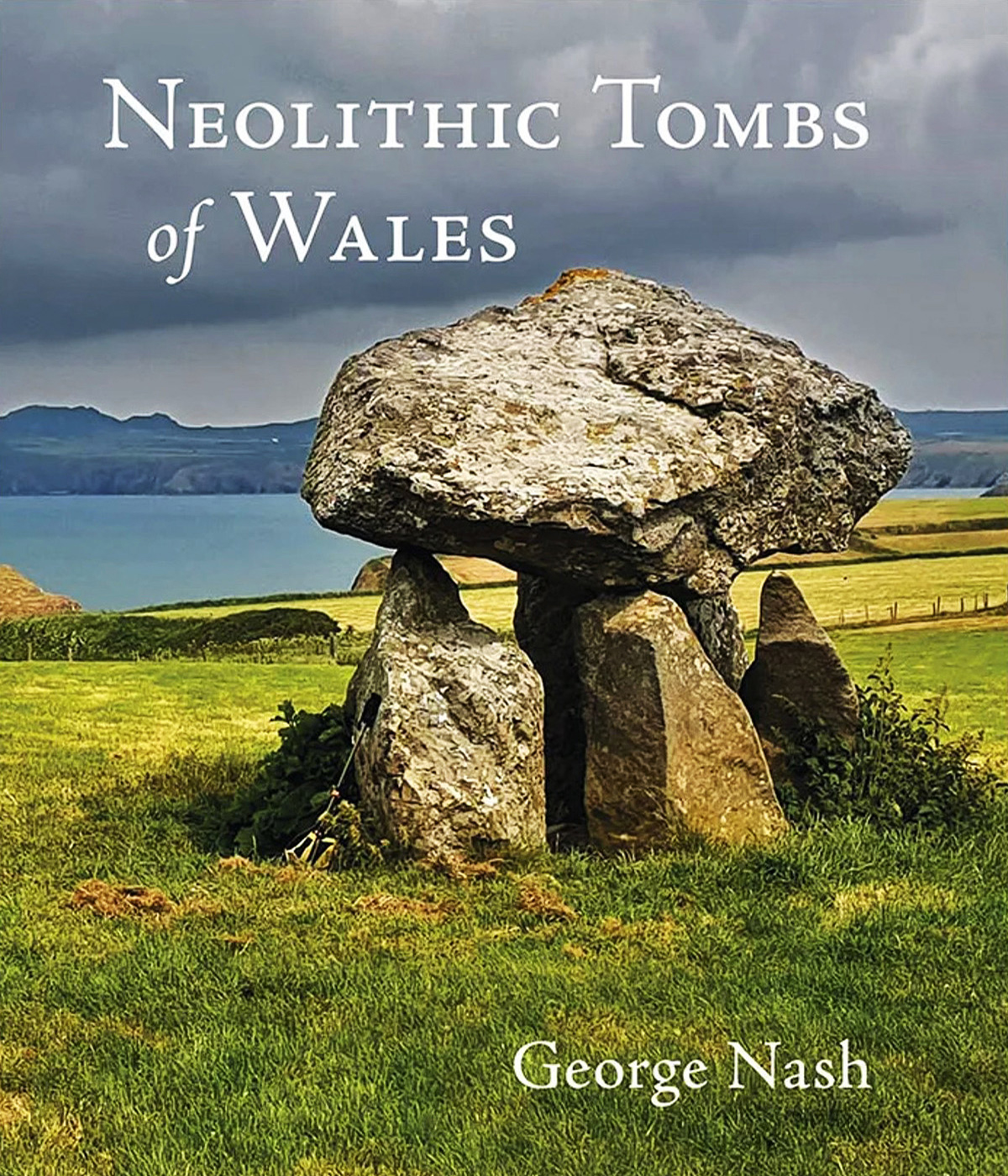


by Pedro Lima
Original Title: World Rock Art (Conservation and Cultural Heritage Series) by Jean Clottes
- Text by Pedro Lima
- Photographs by Philippe Psaïla
- Preface by Jean Clottes, Scientific Advisor
- Translated by Venetia Bell
- 156 pages © Synops Editions - 2012
- ISBN 978-2-9542888-1-9
Book Description:
Since its discovery in 1940, the Lascaux cave in Dordogne, France has unfailingly fascinated and intrigued. Why did Paleolithic artists adorn the walls 20,000 years ago with dozens of magnificent polychrome stags, cows and horses? Composed on the occasion of the travelling Lascaux International Exhibition, this work plunges us into the mystery of the world's most famous decorated cave and Shared Heritage of Humanity site to unveil its secrets.
Lavishly illustrated, it recounts the discovery of Lascaux, its closure to the public to protect its treasures and the astounding story of successive copies, from Lascaux II to 3D that allow us to admire its beauty and attempt to understand its hidden meaning. A veritable homage to the geniuses of prehistory, this work initiates a dialogue over the ages between artists of yesterday and today: those of the Paleolithic era who bequeathed us this exceptional message of humanity, and those who through their patient work and talent breathe new life into this fabulous masterpiece.
Lascaux: a masterpiece that undergoes many metamorphoses and rebirths before our eyes.
Bradshaw Foundation review:
The Many Metamorphoses of Lascaux has been written not just to celebrate the cave paintings of Lascaux but to explain the long and complicated story of discovery, marvel, despair and, ultimately, resolution.
Regarding Lascaux II, the inevitable question that this new publication inadvertently poses is whether a facsimile of the real thing can ever be exciting. The answer, of course, is academic. As Jean Clottes succinctly puts it in his Preface, ‘The painted caves, of which Lascaux is the finest jewel, represent a heritage too precious to be mishandled.....Our duty is to protect them. A second duty is to respond to the public’s interest in a heritage that cannot remain restricted to the very few. Besides conferences, documentaries or books like this one, two solutions exist: guided visits in caves where it is possible without doing damage, and replicas or facsimiles.’
The author provides the necessary prehistoric context, details of the discovery and subsequent glory, and the unthinkable degradation. But whilst Lascaux II is the resolution of this ‘rise and fall’ tale, the publication explains how it also provides a new perspective: by creating a perfect ‘facsimile’, it presents an opportunity for scientists to further understand the ‘original’, with new insights and interpretations gained through the experience.
The Many Metamorphoses of Lascaux reveals how the teams of specialists studied and mapped Lascaux at a forensic level, recreating it meticulously, and in so doing, ‘A Copy Becomes a Work of Art’. Indeed, and to my surprise, ‘The photographs that illustrate this work - all of them shot before the panels of the Lascaux II replica and at the Perigord Facsimile Studio a few hundred meters from the original cave - are testimony to the quality of the reproductions’.
This publication is marked by its eloquence and clarity, and Pedro Lima’s scrutiny is thorough, explaining the original paintings fully before going on to describe the multiple processes employed to reproduce them. Attention to detail is throughout: palettes are deconstructed, step-by-step guides are presented, even small diagrams reveal how a human figure would view – and handle the perspective of - each actual cave painting. But above all, the author makes one wonder about the imaginary dialogues established between the ancient and the modern artists; a rare privilege for those involved.
Pedro Lima:
Pedro Lima has been a professional Scientific Journalist since 1993, as a free-lancer, covering fields such as prehistory, paleoanthropology and parietal art. He has collaborated with many French and international magazines and has visited, for journalistic reports, many European and American rock art sites, such as Foz Côa (Portugal), Lascaux and Niaux (France), Cueva de las Manos (Argentina). He has published an article about fungus attacks in Lascaux, in 2012 in INORA : "Back to Balance", INORA Newsletter No. 62 - 2012.
Philippe Psaïla:
Philippe Psaïla is a photographer and videographer specializing in reports and documentaries on research, science and discovery.
→ Bradshaw Foundation - Book Review
→ The Lascaux Cave Paintings
→ French Cave Paintings & Rock Art Archive
by Kate Winter
13 November 2025 Book Review Archive
→ Neolithic Tombs of Wales
by George Nash
19 November 2024
by Simon Radchenko
22 May 2024
by Meenakshi Dubey-Pathak and Jean Clottes
10 November 2023
by Paola Demattè
12 January 2023
by Paul Pettitt
10 November 2022
by George Nash
19 November 2024
by Simon Radchenko
22 May 2024
by Meenakshi Dubey-Pathak and Jean Clottes
10 November 2023
by Paola Demattè
12 January 2023
by Paul Pettitt
10 November 2022
Friend of the Foundation
by George Nash
19 November 2024
by Simon Radchenko
22 May 2024
by Meenakshi Dubey-Pathak and Jean Clottes
10 November 2023
by Paola Demattè
12 January 2023
by Paul Pettitt
10 November 2022














